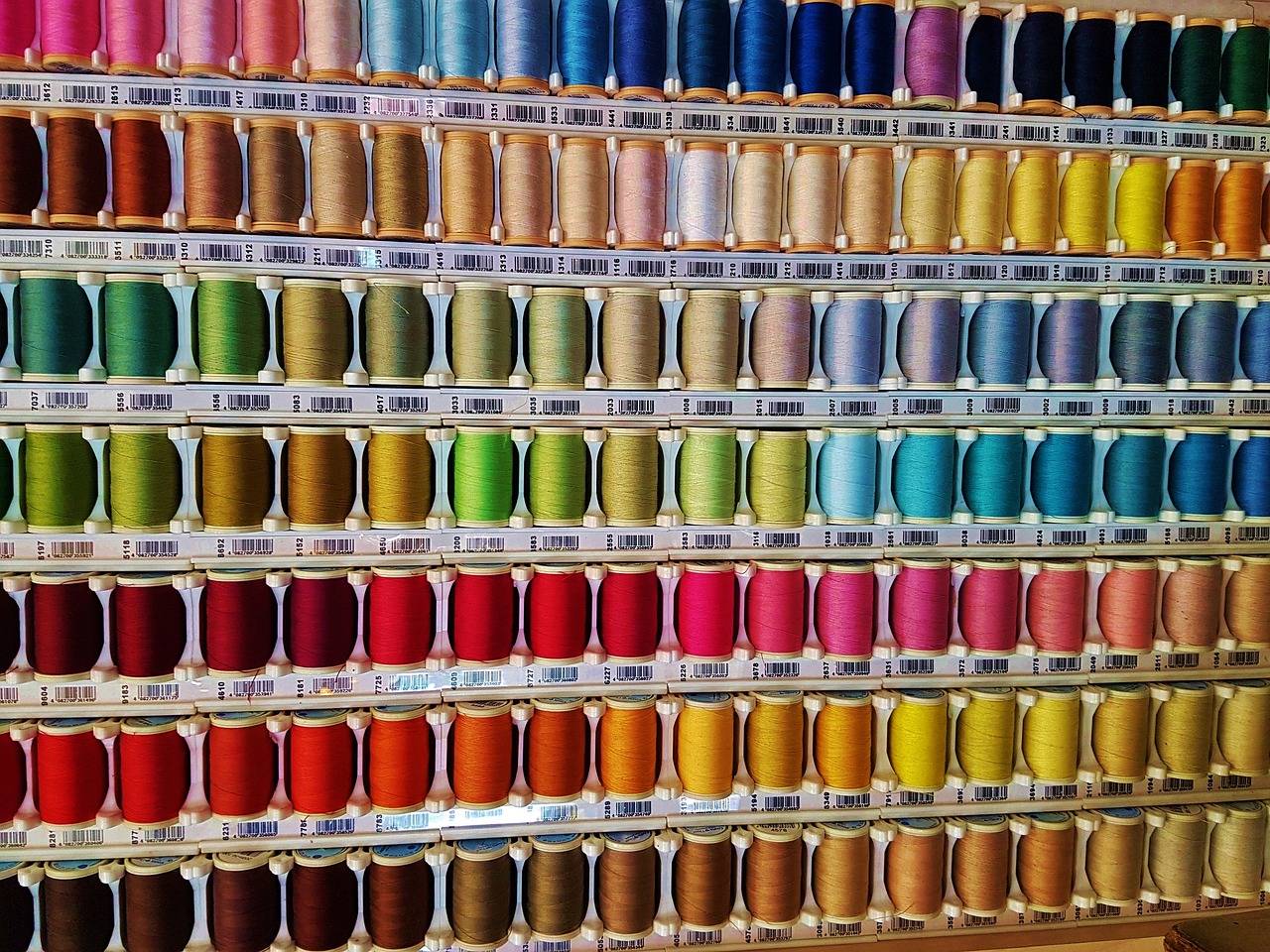Fashion and Sustainability: Biodegradable Alternatives to Synthetic Fabrics
Biodegradable fabrics offer a sustainable alternative to synthetic materials that are designed to break down naturally and not harm the environment. When compared to synthetic fabrics, which are made from petroleum-based products and can take hundreds of years to decompose, biodegradable fabrics like organic cotton, linen, hemp, and bamboo are much more eco-friendly choices. By opting for biodegradable fabrics, you can reduce your carbon footprint and contribute to a cleaner, greener planet.
Moreover, biodegradable fabrics are often produced using fewer chemicals and pesticides compared to synthetic fabrics during the manufacturing process. This not only benefits the environment by reducing pollution and water contamination but also promotes healthier working conditions for garment workers. Choosing biodegradable fabrics over synthetic ones not only supports sustainable and ethical practices but also ensures that you are making a conscious choice towards a more environmentally-friendly lifestyle.
Understanding the Environmental Impact of Synthetic Fabrics
Synthetic fabrics are a popular choice in the fashion industry due to their affordability and versatility. However, the environmental impact of synthetic fabrics is a pressing issue that cannot be ignored. These fabrics are typically made from petroleum-based materials such as polyester, nylon, and acrylic. The production of synthetic fabrics involves the use of non-renewable resources and harsh chemicals, leading to high levels of carbon emissions and contributing to air and water pollution.
Furthermore, one of the major concerns with synthetic fabrics is their inability to biodegrade. When these fabrics end up in landfills, they can take hundreds of years to decompose, releasing harmful toxins into the environment in the process. The fast fashion industry’s reliance on synthetic fabrics exacerbates this issue, with tons of clothing being discarded every year, further adding to the environmental burden. By understanding the environmental impact of synthetic fabrics, consumers and manufacturers can make more informed choices to minimize their contribution to environmental degradation.
What are synthetic fabrics made of?
Synthetic fabrics are made from petroleum-based chemicals such as polyester, nylon, and acrylic.
How do synthetic fabrics impact the environment?
Synthetic fabrics are non-biodegradable, meaning they do not break down easily in the environment and can contribute to pollution.
What are some alternatives to synthetic fabrics?
Biodegradable fabrics such as organic cotton, linen, hemp, and bamboo are better choices for the environment as they break down naturally.
How can I reduce the environmental impact of my clothing choices?
By choosing biodegradable fabrics, recycling old clothing, and supporting sustainable fashion brands, you can help reduce the environmental impact of synthetic fabrics.





